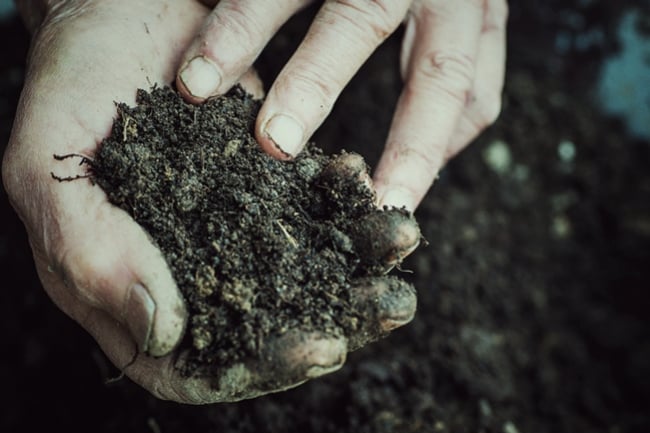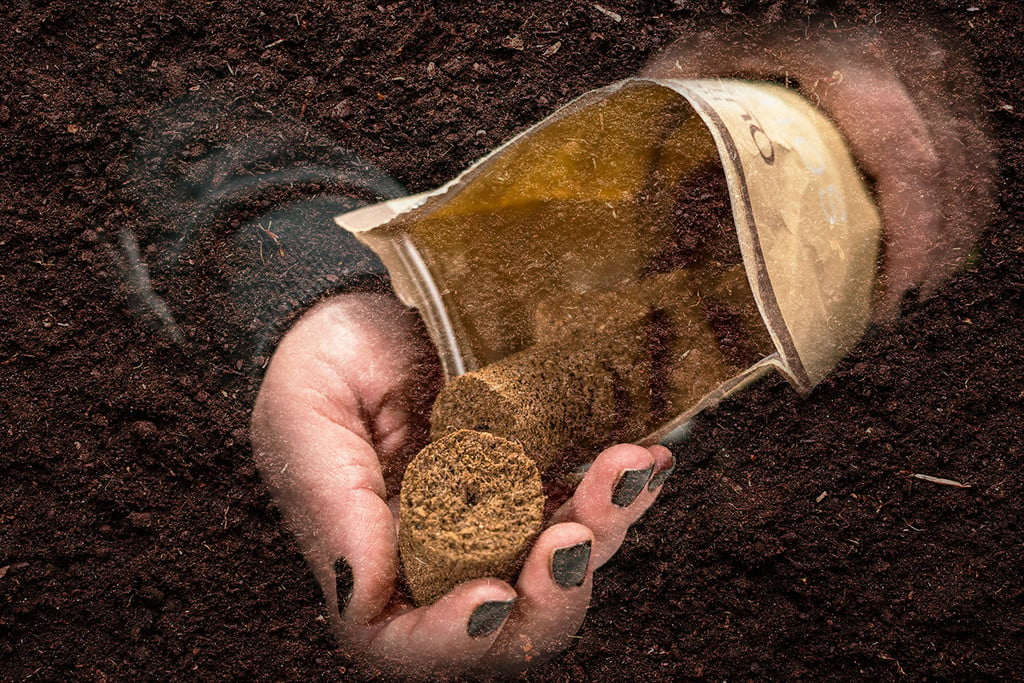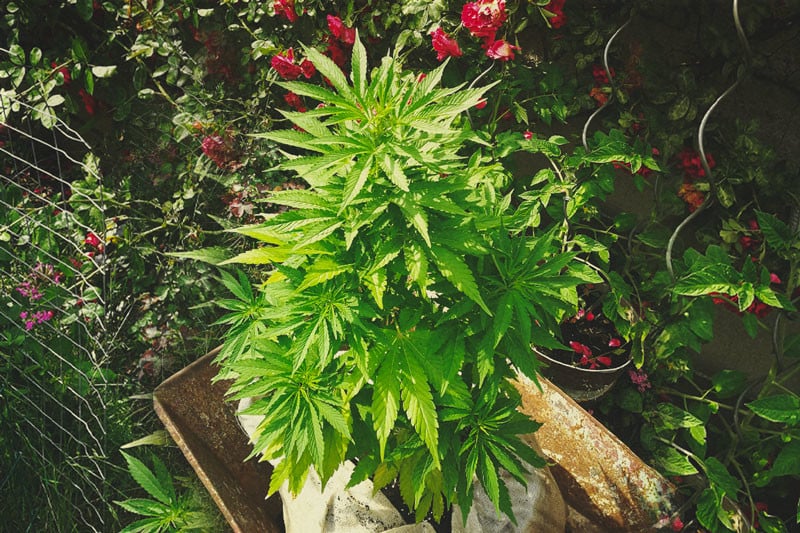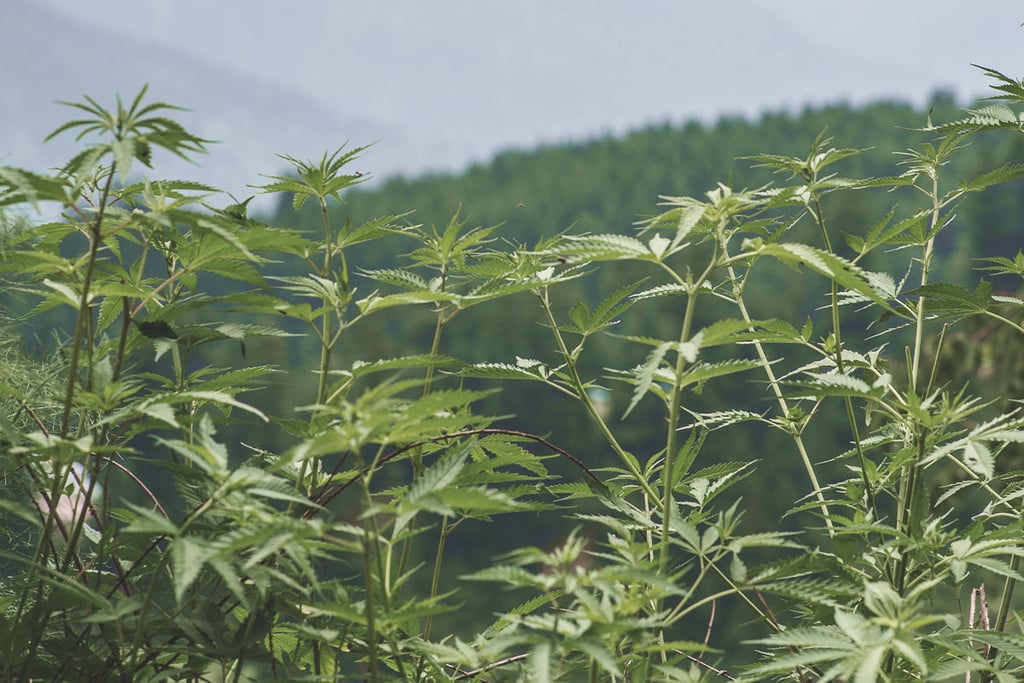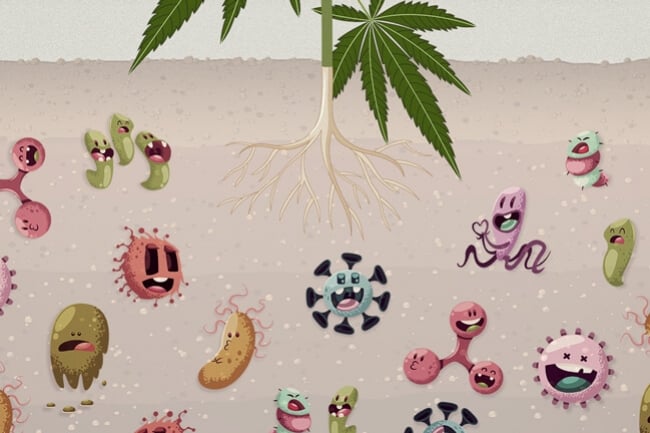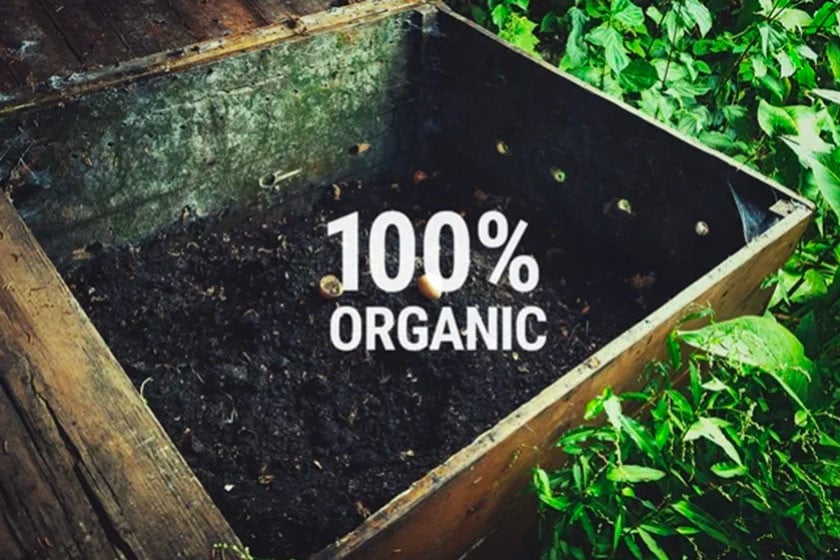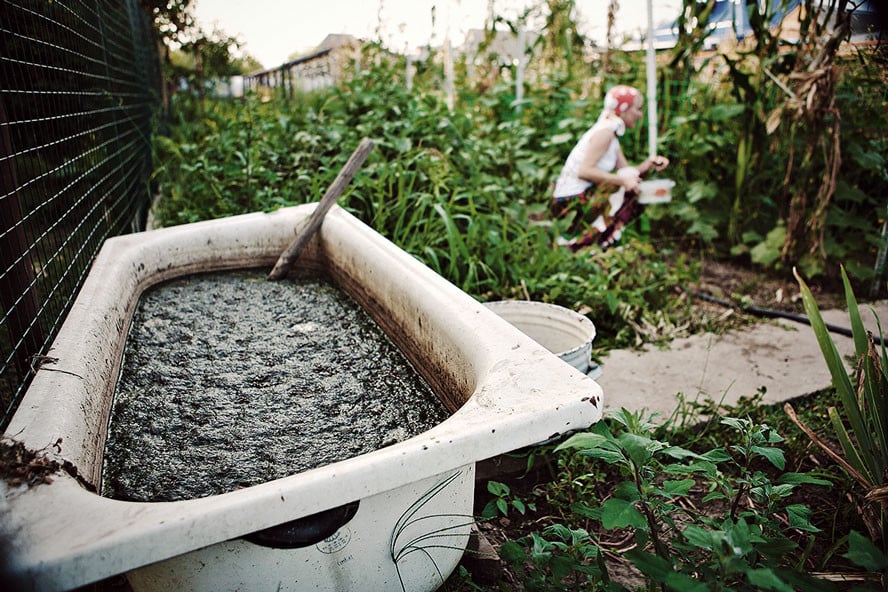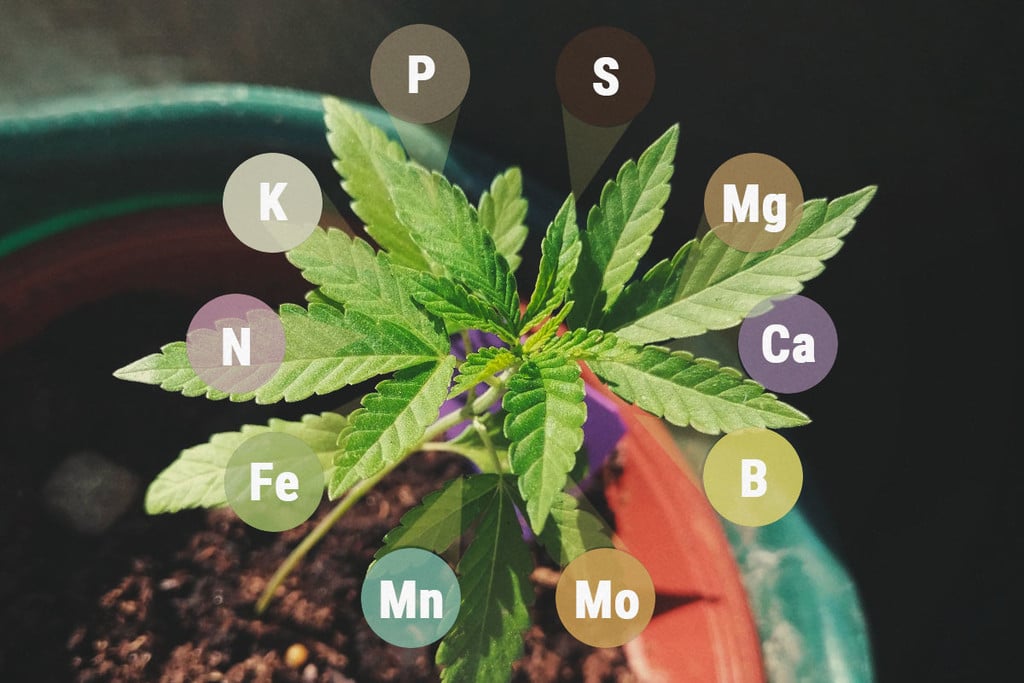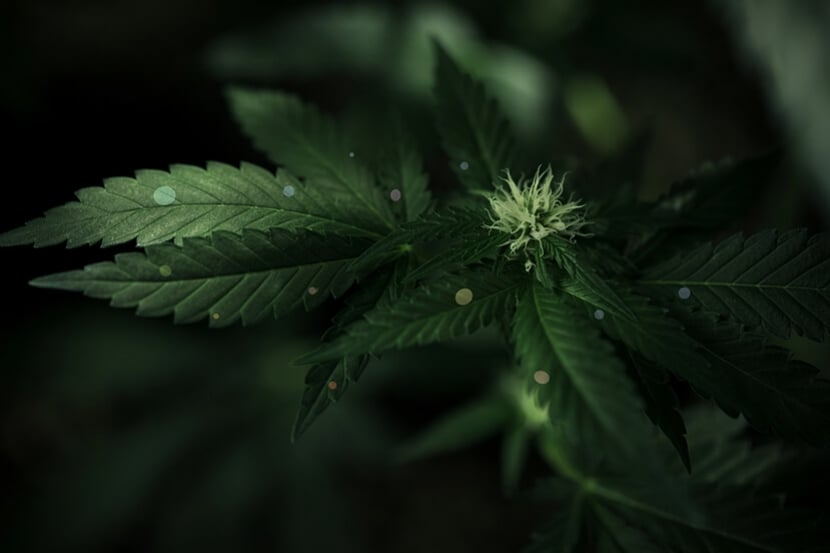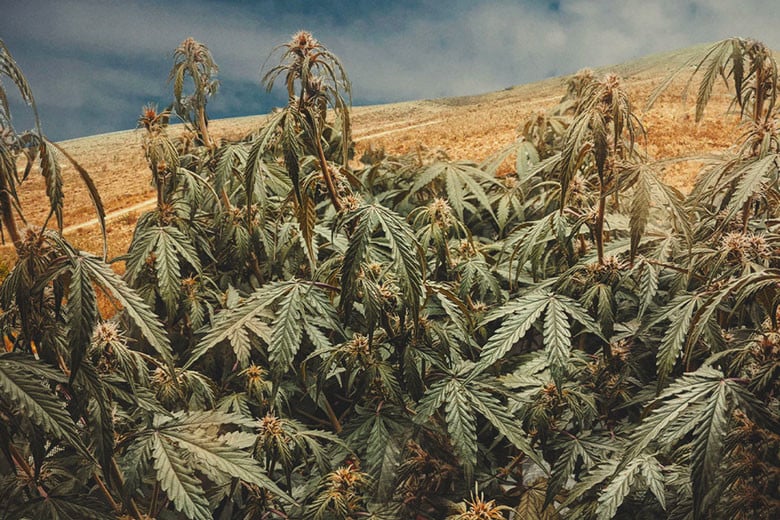 Cannabis Grow Guide by Royal Queen Seeds
Cannabis Grow Guide by Royal Queen Seeds
- Growing cannabis step by step
- Cannabis growing basics
- Choosing your seeds
- How to germinate seeds
- The cannabis vegetative stage
- The cannabis flowering stage
- Harvesting cannabis
- Trimming, drying, and curing
- Choosing pots and soil
-
Growing indoors
- A Complete Overview Of Growing Cannabis Indoors
- Cannabis Cultivation Tips: How To Set Up Indoor Grow Lights
- How Many Cannabis Plants Can You Grow Per Square Metre?
- Indoor Cannabis Growing: Relative Humidity and Temperatures
- Hydroponics Cannabis Growing Guide (with diagrams)
- Cannabis Micro Growing: Growing Great Weed in Tiny Spaces
- Growing outdoors
- How to grow autoflowering cannabis
- Cannabis nutrients and pH
- Cannabis troubleshooting: Nutrients
-
Cannabis troubleshooting: Growing
- Cannabis Seed Germination — Troubleshooting Guide
- How to Deal With Pythium (Root Rot) in Cannabis Plants
- Slow Cannabis Plant Growth And What You Can Do About It
- How to Deal With Leggy Cannabis Seedlings
- Watering Your Cannabis: How to Fix Overwatering and Underwatering
- Understanding Male, Female, And Hermaphrodite Cannabis
- Identifying and Treating Common Cannabis Ailments
- How To Revive a Sick Cannabis Plant
- How to Avoid Mouldy Weed During Drying and Curing
- How to Prevent and Treat Dry and Crispy Cannabis Leaves
- What Cannabis Leaves Can Tell You
- Causes and Solutions for Yellow Cannabis Leaves
-
Cannabis Strains Grow Report
- HulkBerry Automatic Grow Report
- Blue Cheese Auto Grow Report
- Purple Punch Automatic Strain Grow Report
- Triple G Automatic Grow Report
- Do-Si-Dos Automatic Grow Report
- Green Gelato Automatic Grow Report
- Haze Berry Automatic Grow Report
- Purple Queen Automatic Grow Report
- Cookies Gelato Automatic Grow Report
- Sherbet Queen Automatic Grow Report
- Sweet Skunk Automatic Grow Report
- Medusa F1 Grow Report
- Cannabis plant training
-
Weed growing tips
- The Cannabis Plant Anatomy
- How to preserve seeds
- How Much Sunlight Do Outdoor Cannabis Plants Need To Grow?
- How to Control and Prevent Stretching in Cannabis Plants
- My Cannabis Plants Are Growing Too Tall: What Should I Do?
- Should You Worry About Purple Or Red Cannabis Stems?
- What To Do When Your Indoor Cannabis Won’t Flower
- How To Protect Your Cannabis Plants From Heat Stress
- How To Tell If Your Female Cannabis Plant Has Been Pollinated
- Growing Medical Marijuana
- Bud Washing: How to Clean Your Weed
- Understanding Cannabis Yield per Plant
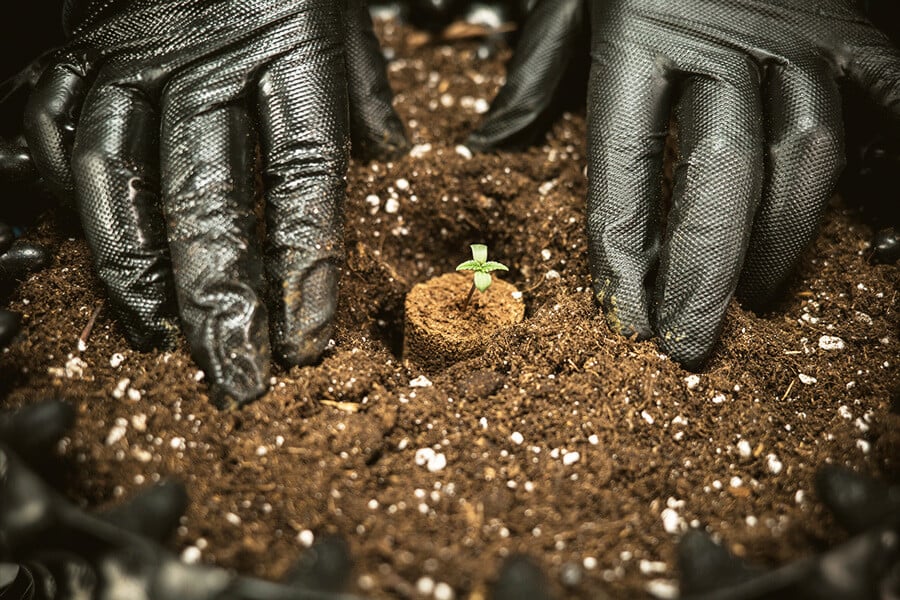
The Best Soil For Growing Autoflowering Cannabis
Autoflowering strains have cemented themselves as the fastest and hardiest cultivars available. Thanks to modern breeding efforts, they’re also among the most potent and flavourful. These varieties are capable of producing large yields in only a matter of weeks, but the results growers receive vary on how well they take care of them. There are several key variables to keep in mind when cultivating autos, and soil quality ranks among the most important. So, what is the best soil for autos?
Below, we’re going to walk you through everything you need to know about how to choose/create the best growing medium possible for autoflowering strains. First, we’ll start by comparing the difference between photoperiod and autoflowering soil demands. Then, we’ll cover the possibility of using coco coir and other soil additives. Finally, you’ll learn how to put together the perfect autoflowering soil blend and how to keep it in tip-top shape throughout the growing cycle. Prepare to take your autoflowering yields to the next level!
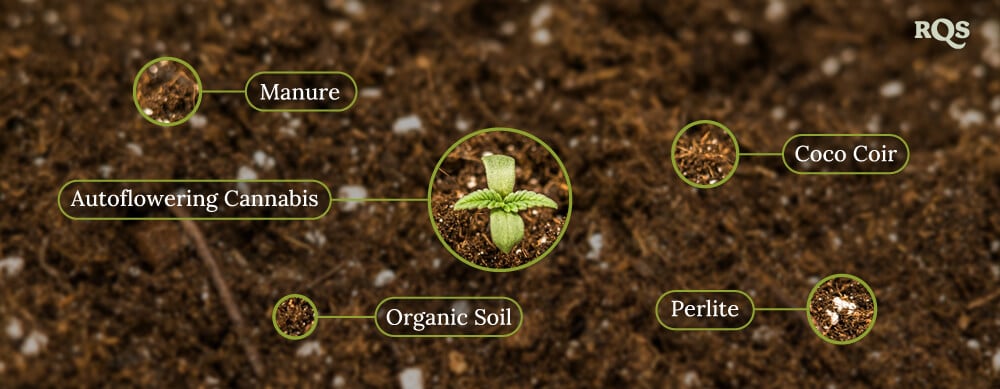
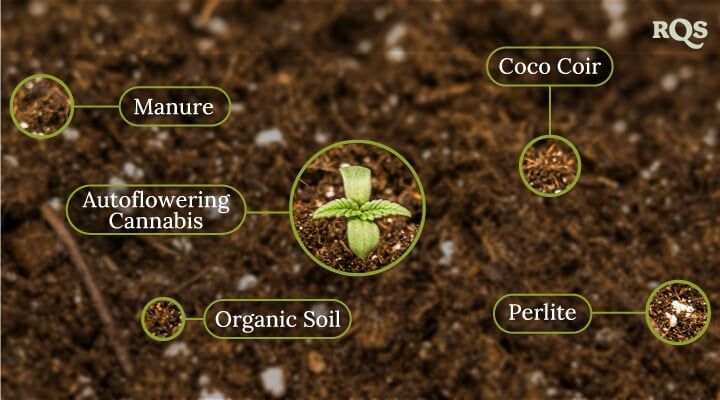
Contents:
Do Autoflowers Need the Same Soil as Photoperiod Cannabis?
Photoperiod and autoflowering strains generally thrive when grown in similar soil. However, there are certain things to take into consideration that make most cultivators tweak their growing medium when raising autos. First of all, autoflowering strains have a much shorter growing cycle than their photoperiod counterparts. This means you’ll need to start out with a nutritious and balanced growing medium, as you’ll have less time to correct any nutrient deficiencies compared to when growing a photoperiod variety.
Autoflowering cannabis varieties inherit their autoflowering trait from cannabis ruderalis, a subtype of cannabis that thrives in poor rocky soils and harsh conditions. For this reason, autos do much better in well-draining soils that prevent water pooling and keep roots nicely aerated.
Lastly, autoflowers tend to exhibit more sensitivity to synthetic ionic nutrients than photoperiods. It’s important not to pack your growing medium too full of these substances. Instead, rely on well-rotted organic matter, microbes, and organic feeds to keep your plants happy and healthy.
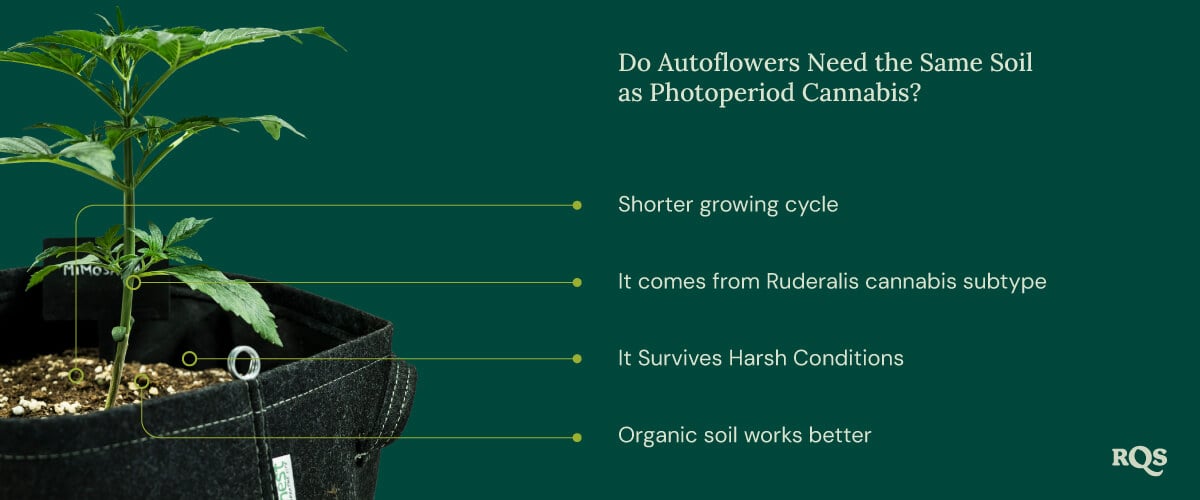
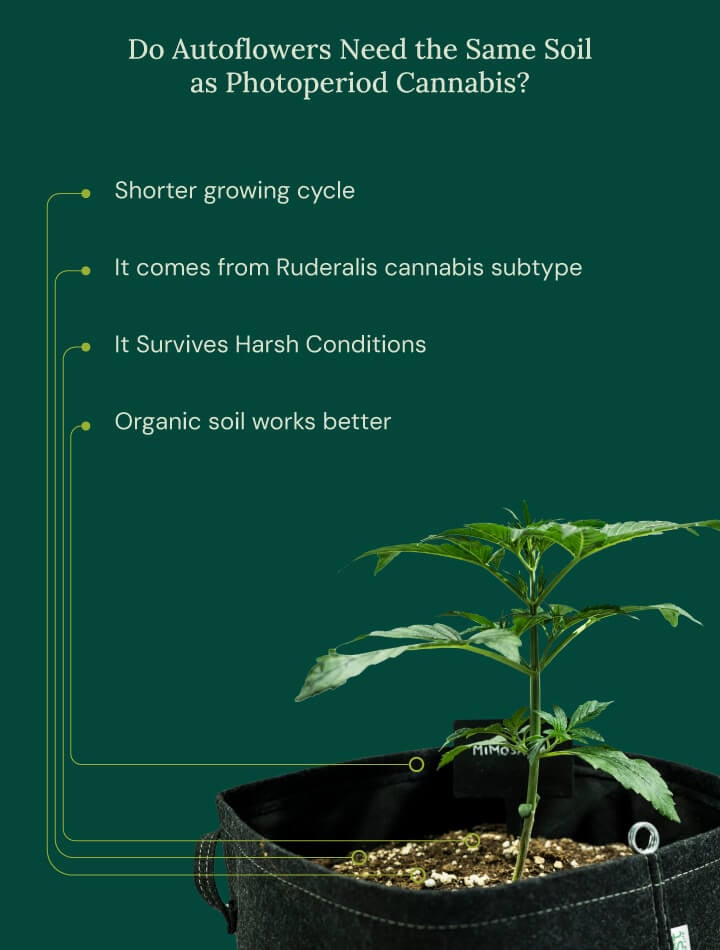
Is Coco or Soil Better for Autoflowers?
Cannabis growers have great success when incorporating coco coir into their medium when raising autoflowers. There are two different ways to go about this. Some cultivators use a growing medium that consists almost entirely of coco coir, with supplemented perlite for increased aeration. While this provides increased drainage, coco coir contains almost no nutrients, and growers have to rely on applications of synthetic salts. Because autos are sensitive to high levels of these substances, it takes a careful balancing act to avoid overfeeding. Furthermore, using a growing medium consisting of primarily coco coir exposes plants to less beneficial microbes that can boost yields and plant vigour.
Other growers chose to incorporate coco coir as a soil additive. In this context, using around 20–30% coco coir can enhance soil drainage and aeration.
Using soil as the bulk of the growing medium, cultivators don’t have to rely on ionic salts and can also utilise beneficial microbial inoculants.
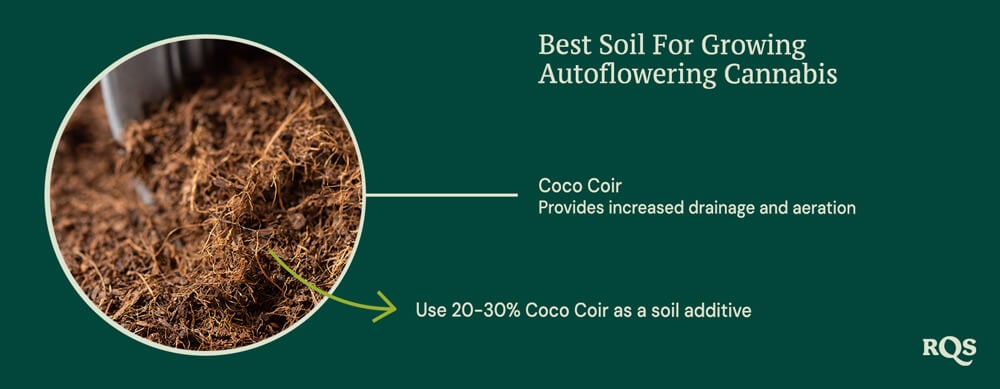
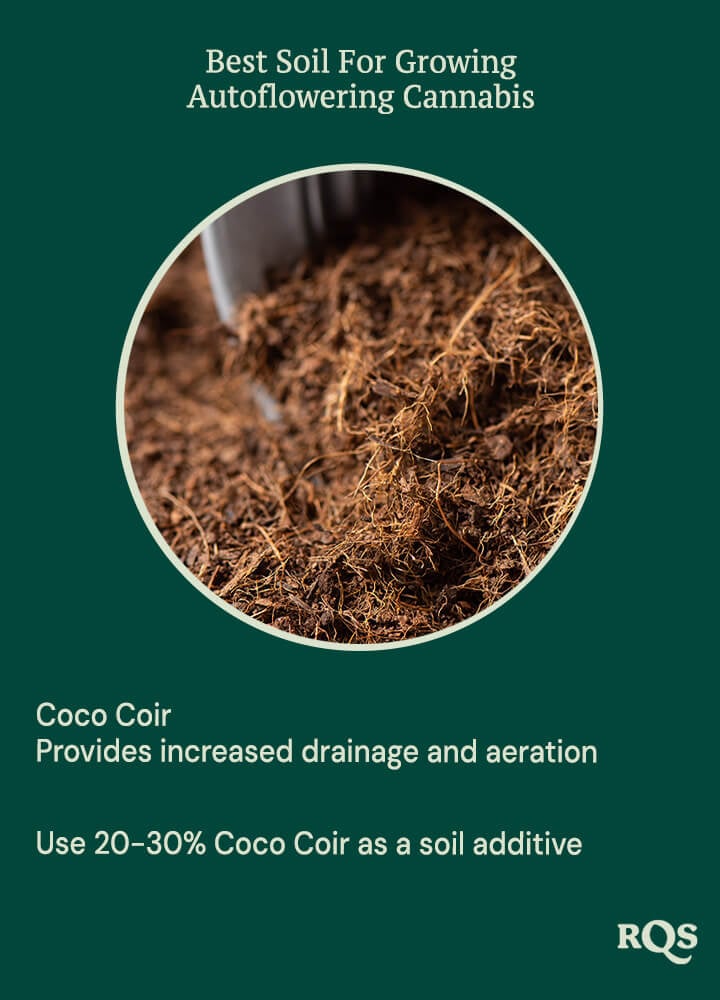
Soil Additives for Enhanced Growth
Coco coir isn’t the only soil additive that can contribute to a fertile and well-draining autoflowering growing medium. Other popular and effective options include:
- Compost: Mature compost contains a wealth of plant macronutrients and micronutrients. As a source of organic matter, it works wonders to prevent nutrients from leaching from the soil. Compost also serves as a bioinoculant and will bring many beneficial microbes into your soil mix.
- Manure: This soil additive contains plenty of nitrogen that autos need to develop luscious green growth. However, make sure to use it sparingly. Young or “hot” manure can also cause nutrient burn; only use aged and well-rotted manure in your soil mix.
- Worm castings: Also known as worm poop, this substance contains many important plant nutrients. Worms also inoculate whatever they process during digestion, and what comes out of the other end is packed with beneficial microbes. Worm castings also help to boost aeration and moisture.
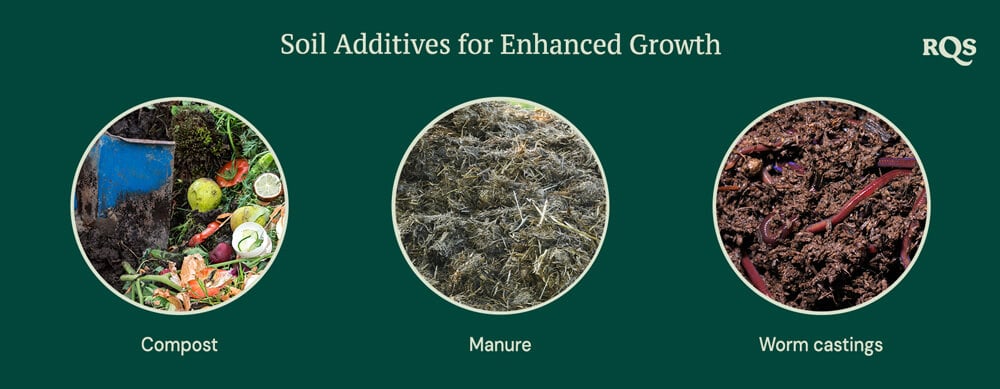
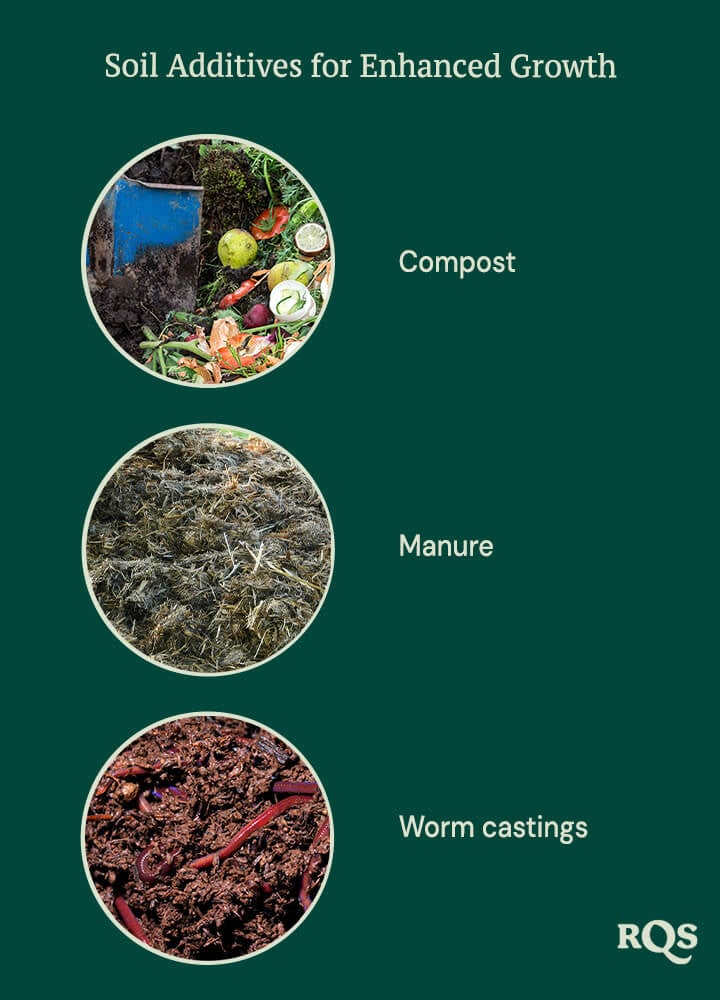
What Is the Best Super Soil Recipe for Autoflowers?
Super soil differs from other growing mediums in that it contains everything a plant needs to grow from seed to harvest. No other applications are required throughout the growing cycle—except water. If you want to take this approach with an autoflowering plant, we suggest using mostly organic nutrients to avoid nutrient burn. The super soil mix below makes enough for roughly 24l; simply scale up the recipe if you plan on using more. Check out the autoflowering super soil recipe below:
- 4kg high-quality organic soil: This will serve as the bulk of your super soil. It contains plenty of macronutrients and beneficial microbes and will help to maintain moisture and aeration.
- 500g perlite: This ingredient improves soil structure and promotes root growth. It plays an important role when putting together an autoflowering soil mix.
- 1kg worm castings: These are packed with nutrients and beneficial microbes. They improve soil structure and possess a net negative electric charge, helping to improve the nutrient-holding capacity of the soil.
- 200g bone meal: Contributes phosphorus, calcium, and nitrogen to spur flower, leaf, and root development.
- 200g blood meal: Contains high levels of nitrogen that benefits the vegetative phase.
- 150g bat guano: Contains high levels of phosphorus and potassium to assist flowering.
- 100g rock phosphate: A source of trace minerals that help to fulfil myriad physiological functions.
- 40g Epsom salts: A good source of magnesium and sulphur, two elements required throughout the duration of the growing cycle.
- 50g dolomite: Contributes calcium and magnesium to the mix while helping to maintain a balanced pH.
- 50g azomite: A fantastic source of trace minerals that fuel optimal growth.
- 10g humic acid: A natural compound that helps to enhance nutrient availability.
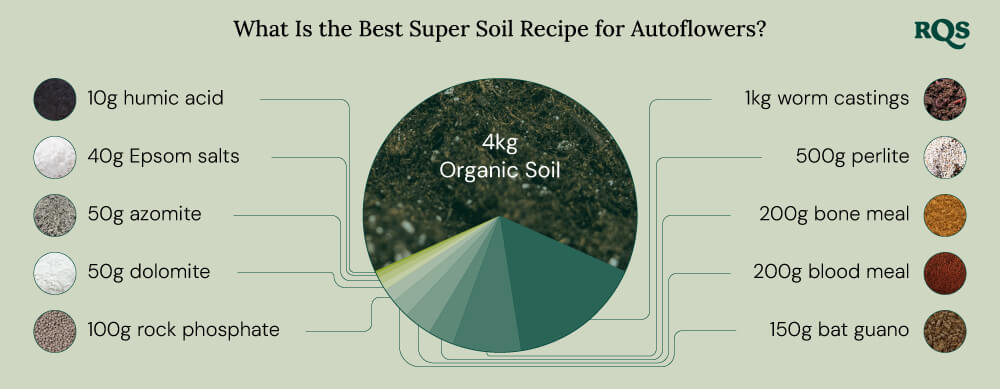
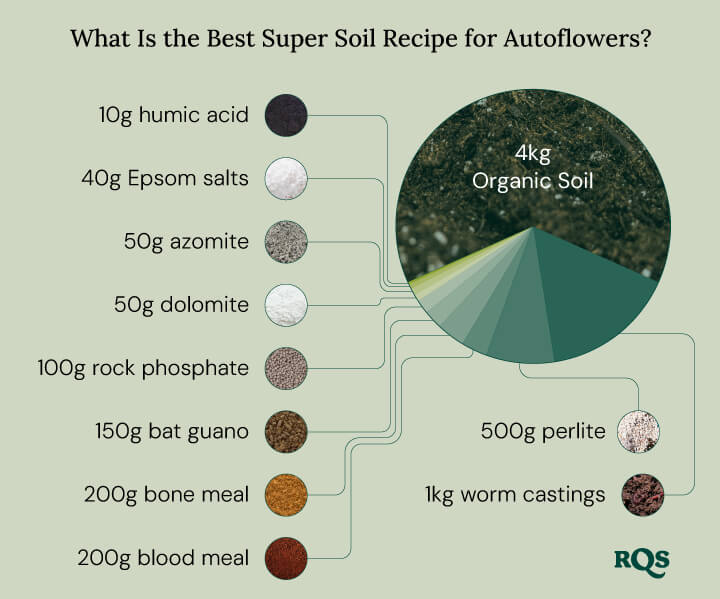
Want quick tips for choosing the perfect soil for your autoflowers? Download our guide for beginner-friendly advice and essential insights!
Free RQS
Grow Guide!
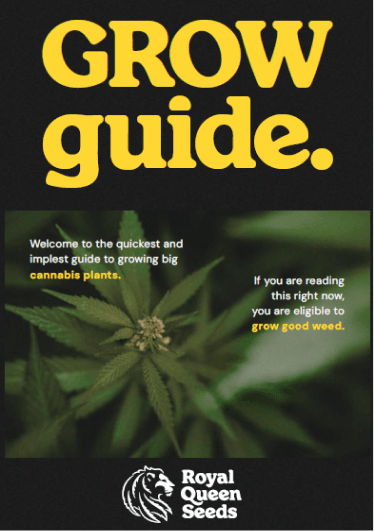
What are the Best Conditions for Autoflowers?
You’re now aware of the best soil for autoflowering cannabis. You can put together a basic well-draining mix that requires fertilising, or make a super soil that will take your plant from seed to harvest with little additional effort required. But the work doesn’t stop here. Consider the following points to keep your autos as healthy as possible during the journey to harvest.
-
Go Easy on the Fertiliser
Autoflowering plants don’t get on well with high concentrations of synthetic fertilisers. If you’re going to use them, opt for products specifically made for autos. Alternatively, simply use organic feeds such as fish emulsion and seaweed that are less likely to result in root burn, as they must first break down in the soil.
-
Keep an Eye on Soil pH
Much like photoperiod stains, autoflowers thrive at a slightly acidic pH of 6.0. Use a pH Tester to monitor runoff during watering. Use pH up and down products to ensure the pH of the growing medium remains within the optimal range.
-
Be Mindful of Microorganisms
Microbes play an important role when putting together the best soil mix for autoflowers. Ideally, you’ll add them to your original soil mix. However, you can also apply them during the growing cycle. The following microbes help to cycle nutrients, break down organic matter, and fend off pathogens:
As a rule of thumb, aim to water your plants only when the top 5cm of soil becomes completely dry. Excess water can suffocate roots and cause them to rot. Adopting this method acts as a simple and easy way to meet the water demands of your autoflowering plants.
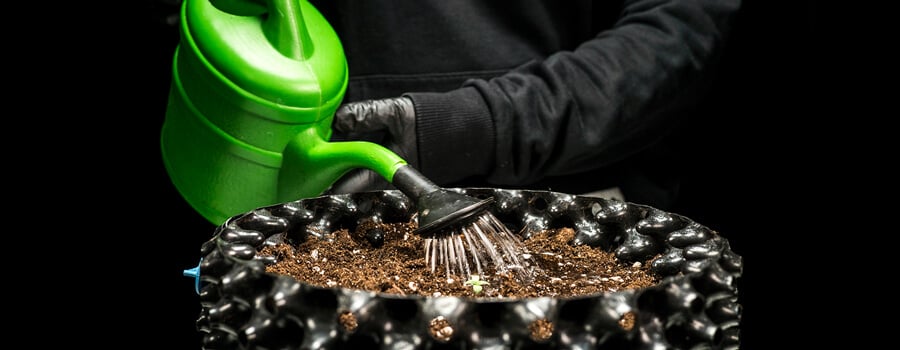
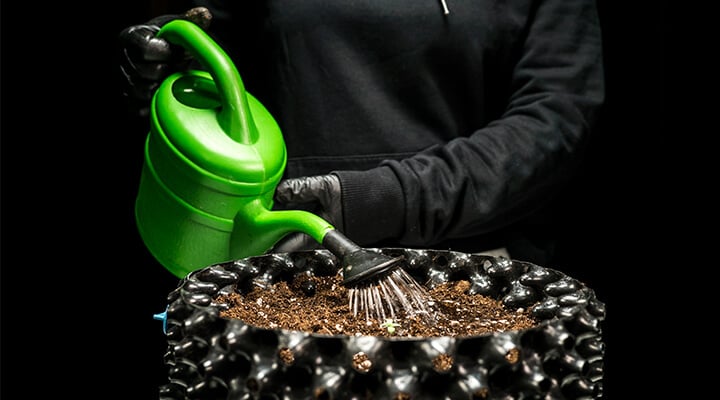
Give Your Autoflowers the Best Soil Possible
There you have it—you’re ready to supply your plants with the best soil for autoflowers. You’ve also learned a whole lot about these strains in the process. You know they benefit from a slightly different soil composition from photoperiod strains and are highly appreciative of extra drainage. You’re also aware of how to make an excellent super soil mix that will minimise extra work throughout the growing cycle. On top of all this, you’ve learned additional tips on keeping your plants healthy when it comes to feeding, inoculating, and watering.
Happy growing!
 Grow Guide Topic Finder
Grow Guide Topic Finder
- Growing cannabis step by step
- Cannabis growing basics
- Choosing your seeds
- How to germinate seeds
- The cannabis vegetative stage
- The cannabis flowering stage
- Harvesting cannabis
- Trimming, drying, and curing
- Choosing pots and soil
-
Growing indoors
- A Complete Overview Of Growing Cannabis Indoors
- Cannabis Cultivation Tips: How To Set Up Indoor Grow Lights
- How Many Cannabis Plants Can You Grow Per Square Metre?
- Indoor Cannabis Growing: Relative Humidity and Temperatures
- Hydroponics Cannabis Growing Guide (with diagrams)
- Cannabis Micro Growing: Growing Great Weed in Tiny Spaces
- Growing outdoors
- How to grow autoflowering cannabis
- Cannabis nutrients and pH
- Cannabis troubleshooting: Nutrients
-
Cannabis troubleshooting: Growing
- Cannabis Seed Germination — Troubleshooting Guide
- How to Deal With Pythium (Root Rot) in Cannabis Plants
- Slow Cannabis Plant Growth And What You Can Do About It
- How to Deal With Leggy Cannabis Seedlings
- Watering Your Cannabis: How to Fix Overwatering and Underwatering
- Understanding Male, Female, And Hermaphrodite Cannabis
- Identifying and Treating Common Cannabis Ailments
- How To Revive a Sick Cannabis Plant
- How to Avoid Mouldy Weed During Drying and Curing
- How to Prevent and Treat Dry and Crispy Cannabis Leaves
- What Cannabis Leaves Can Tell You
- Causes and Solutions for Yellow Cannabis Leaves
-
Cannabis Strains Grow Report
- HulkBerry Automatic Grow Report
- Blue Cheese Auto Grow Report
- Purple Punch Automatic Strain Grow Report
- Triple G Automatic Grow Report
- Do-Si-Dos Automatic Grow Report
- Green Gelato Automatic Grow Report
- Haze Berry Automatic Grow Report
- Purple Queen Automatic Grow Report
- Cookies Gelato Automatic Grow Report
- Sherbet Queen Automatic Grow Report
- Sweet Skunk Automatic Grow Report
- Medusa F1 Grow Report
- Cannabis plant training
-
Weed growing tips
- The Cannabis Plant Anatomy
- How to preserve seeds
- How Much Sunlight Do Outdoor Cannabis Plants Need To Grow?
- How to Control and Prevent Stretching in Cannabis Plants
- My Cannabis Plants Are Growing Too Tall: What Should I Do?
- Should You Worry About Purple Or Red Cannabis Stems?
- What To Do When Your Indoor Cannabis Won’t Flower
- How To Protect Your Cannabis Plants From Heat Stress
- How To Tell If Your Female Cannabis Plant Has Been Pollinated
- Growing Medical Marijuana
- Bud Washing: How to Clean Your Weed
- Understanding Cannabis Yield per Plant



























